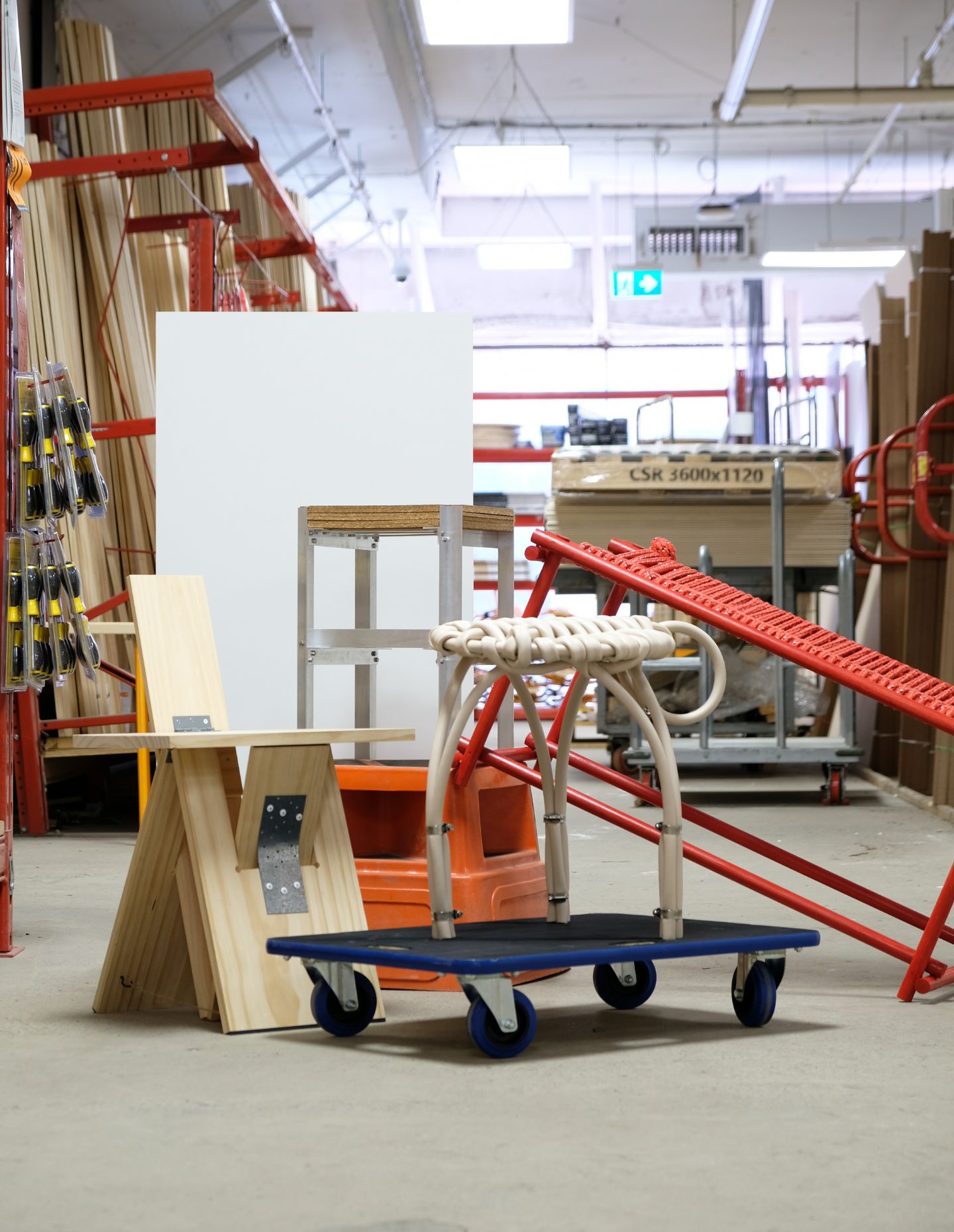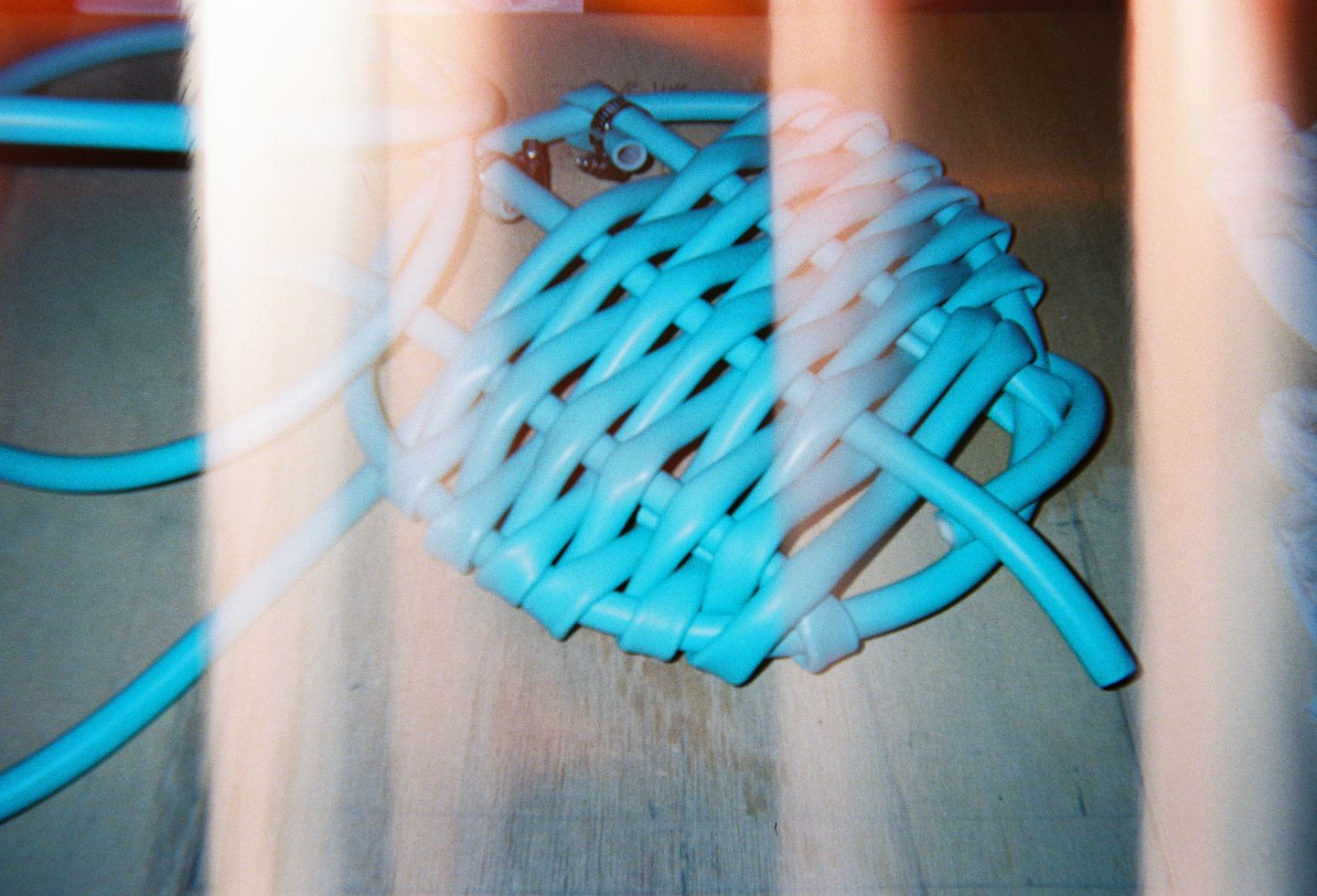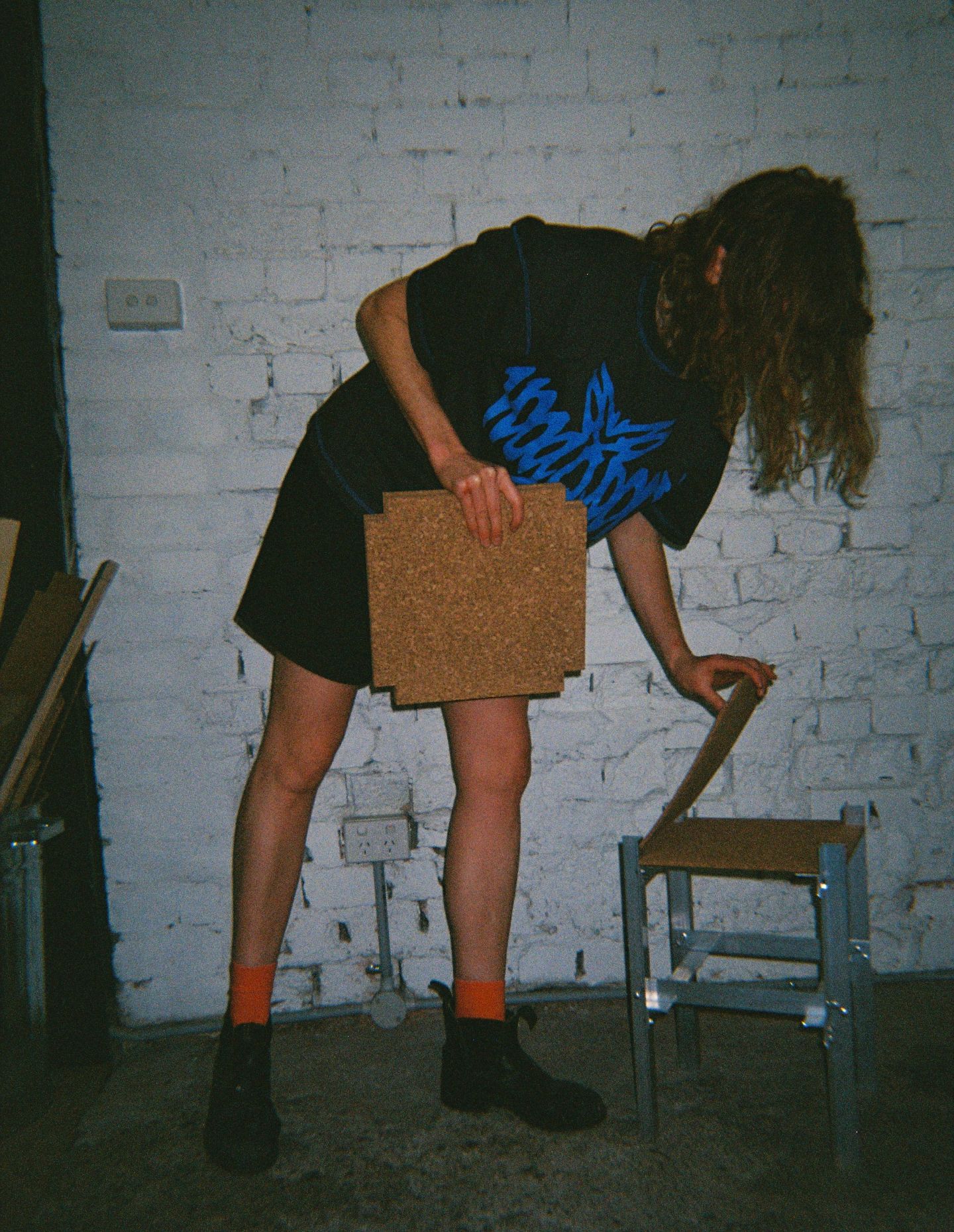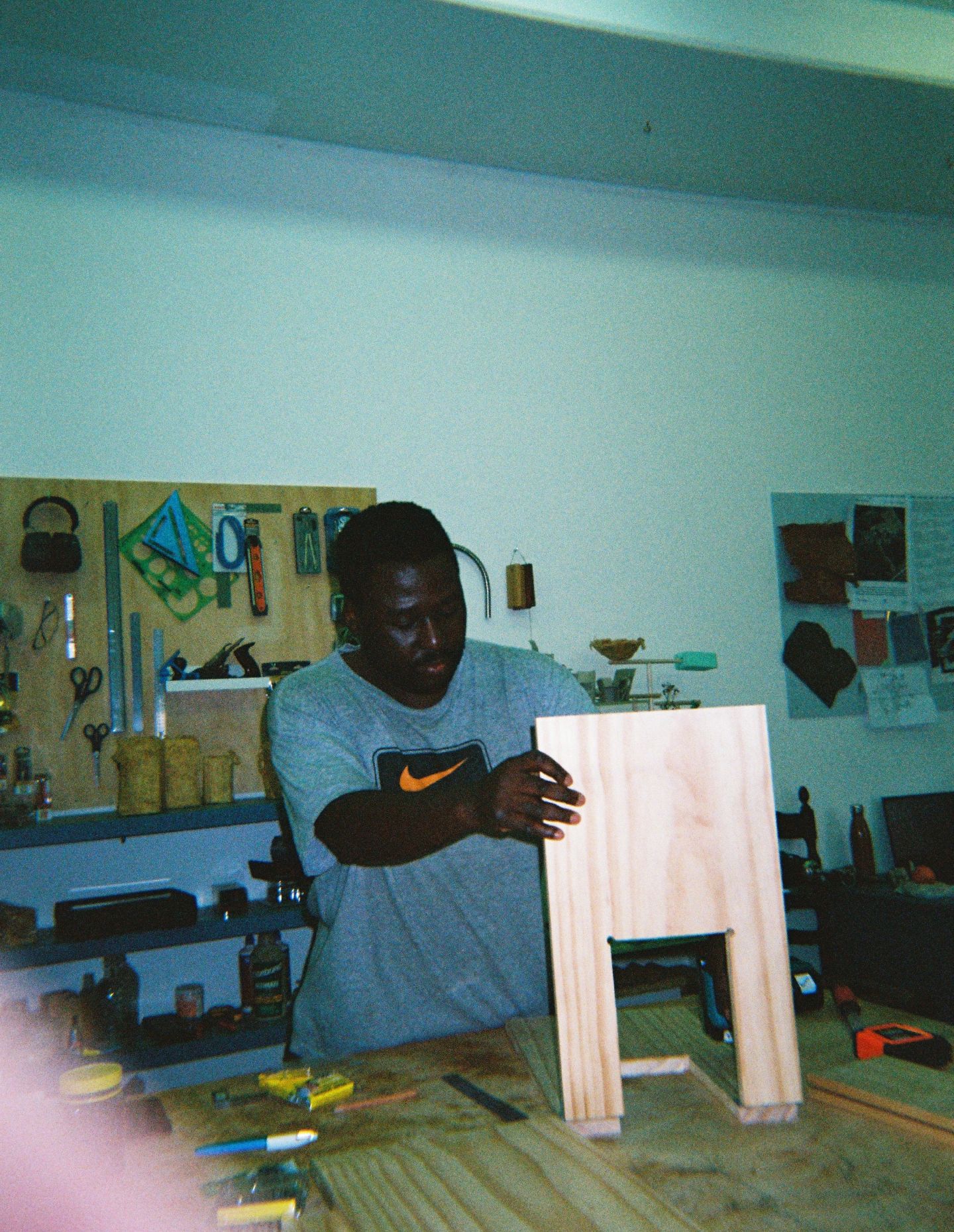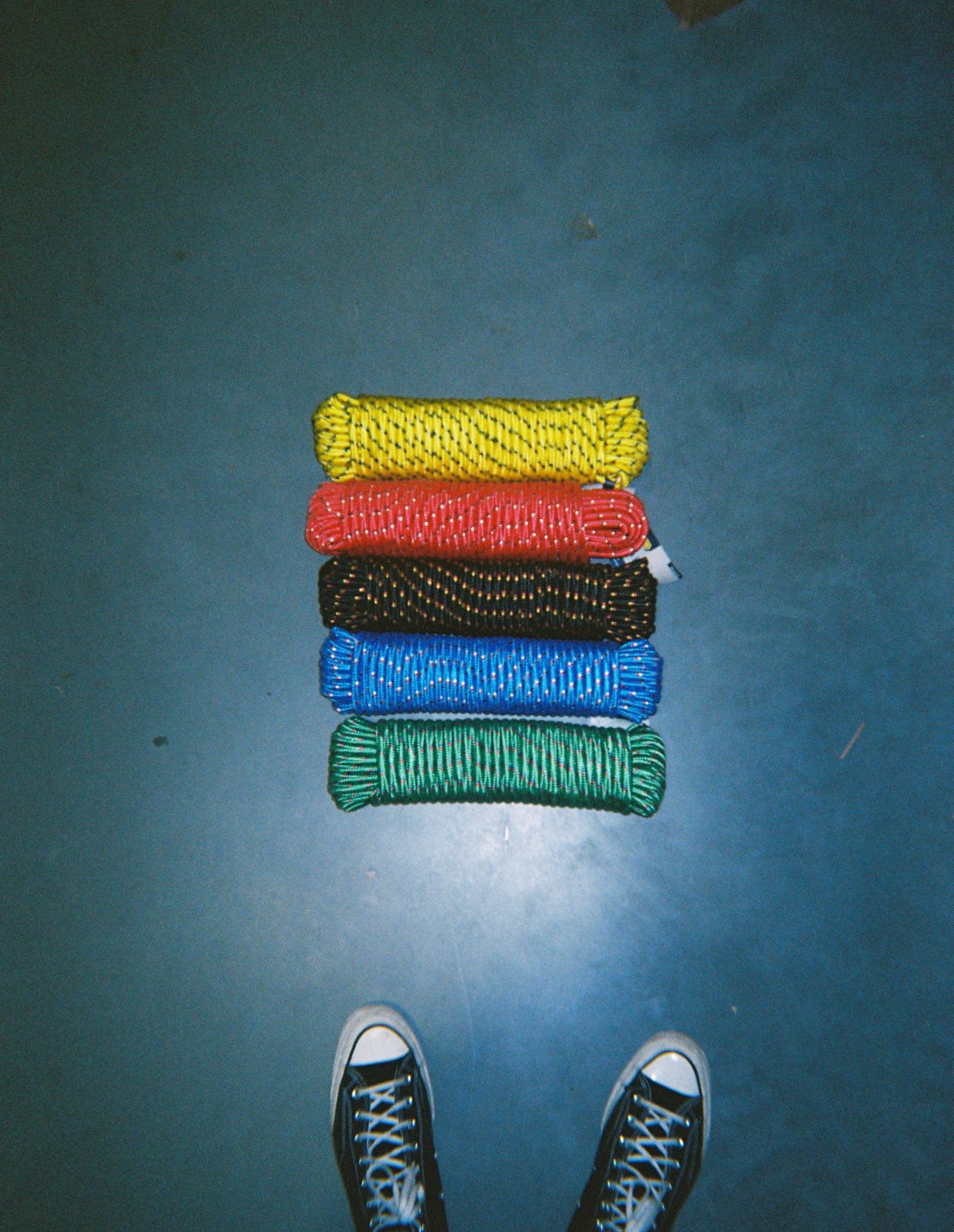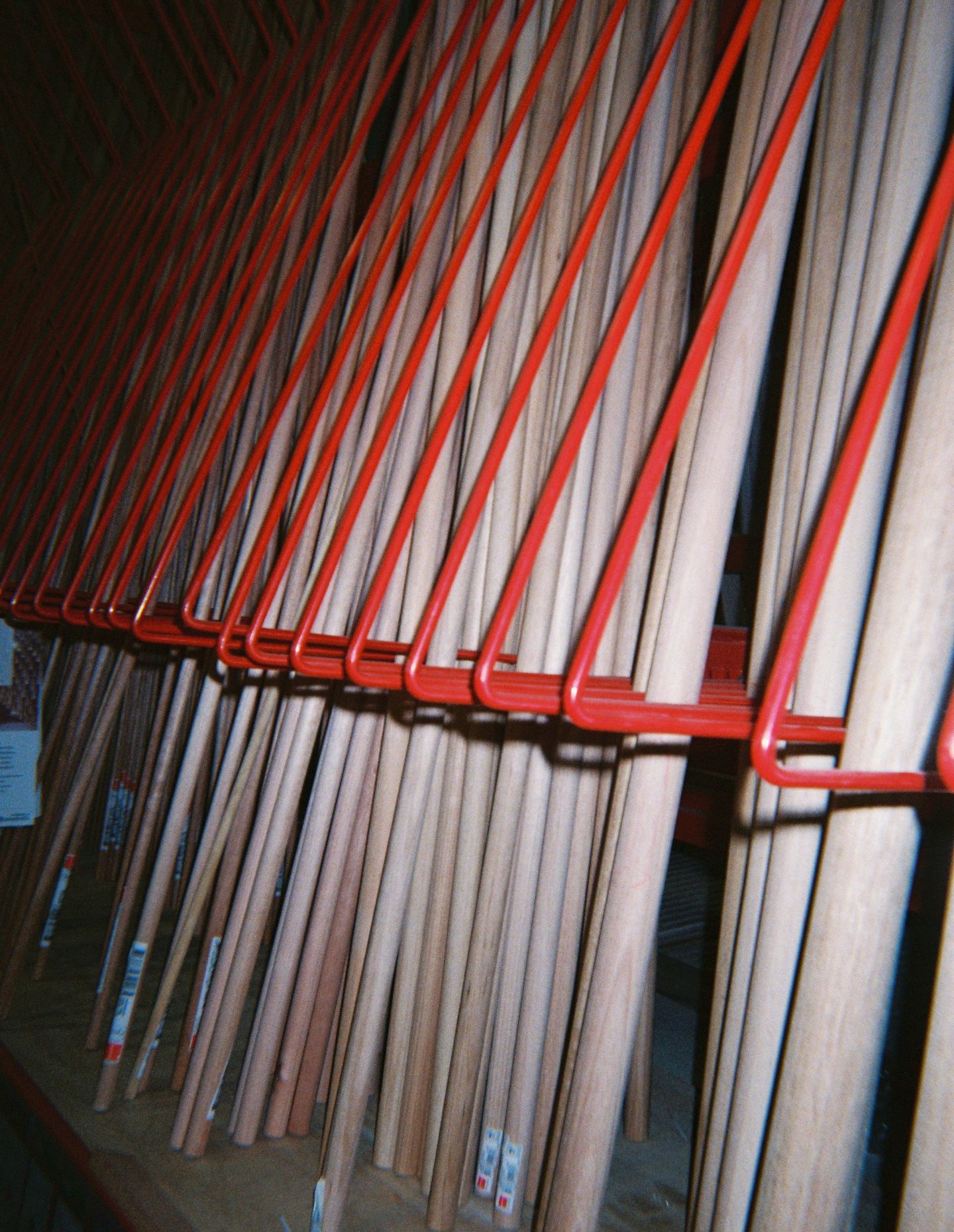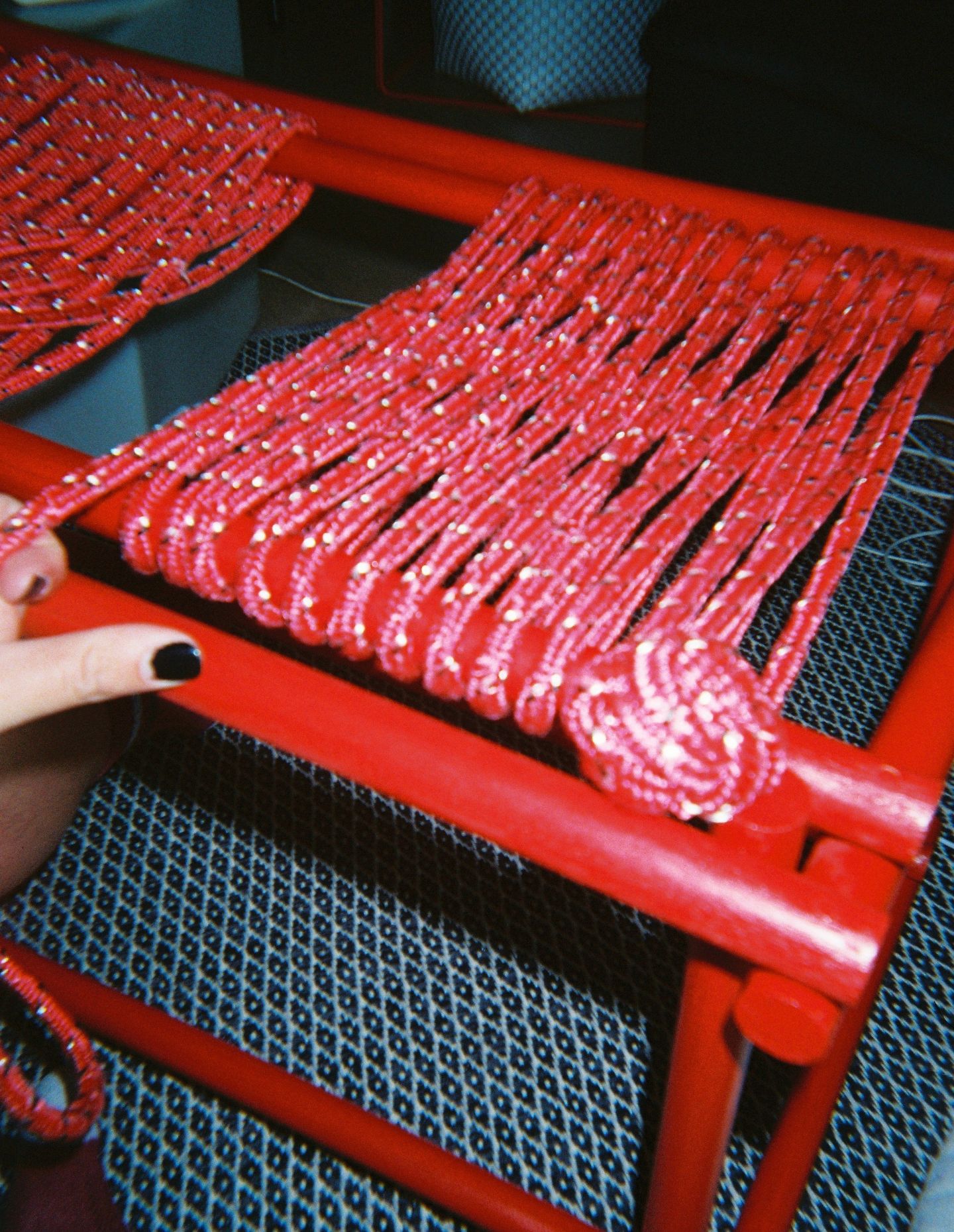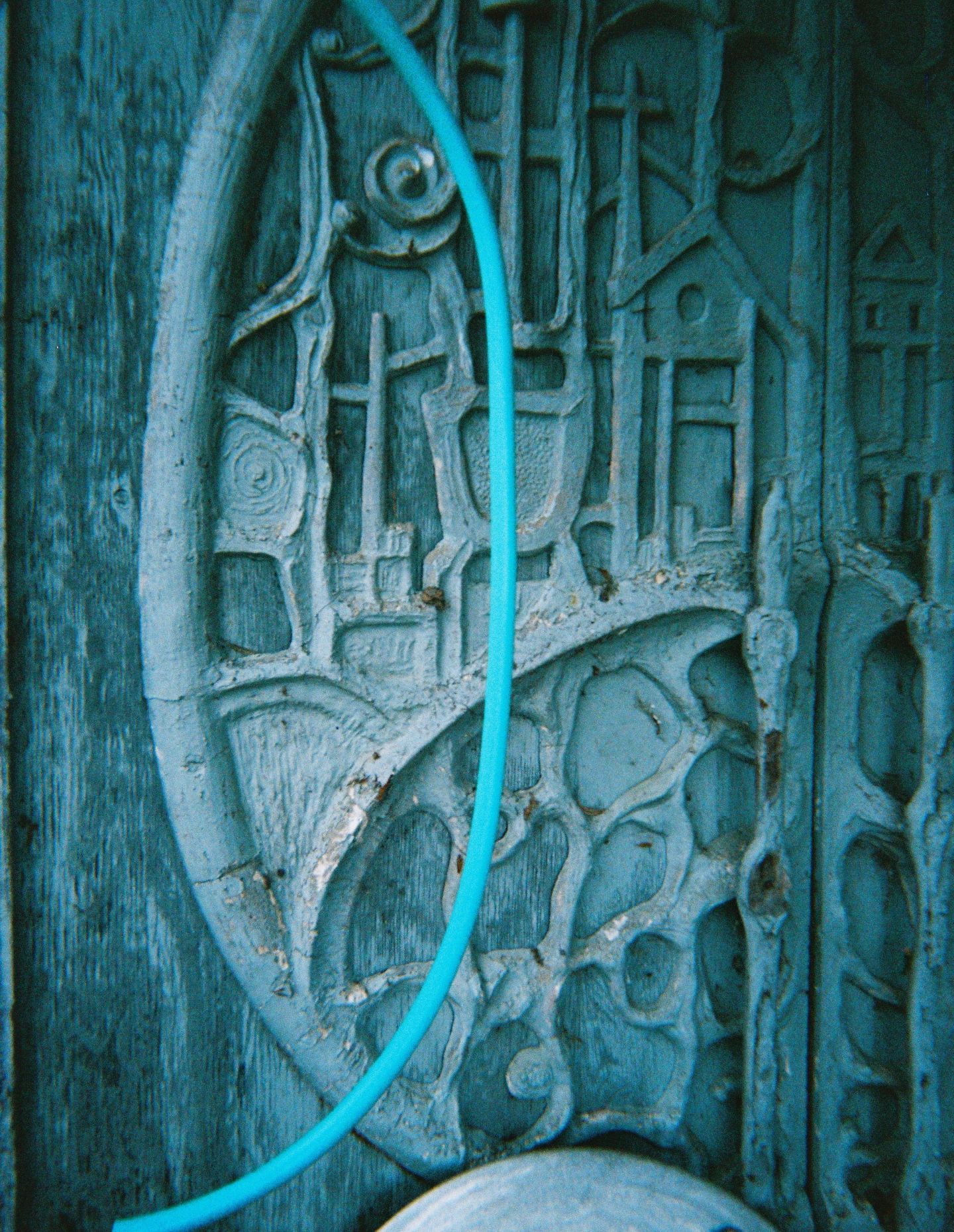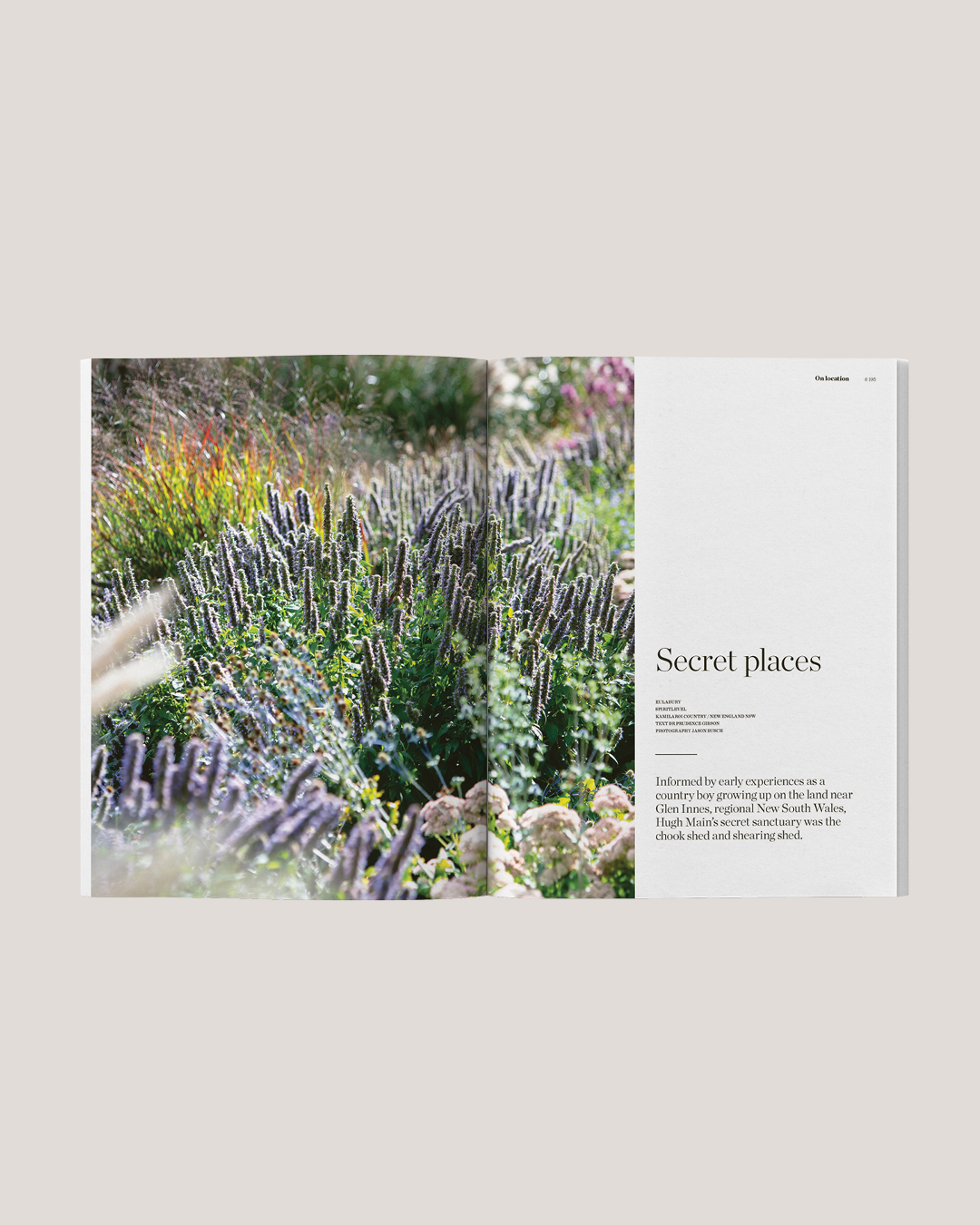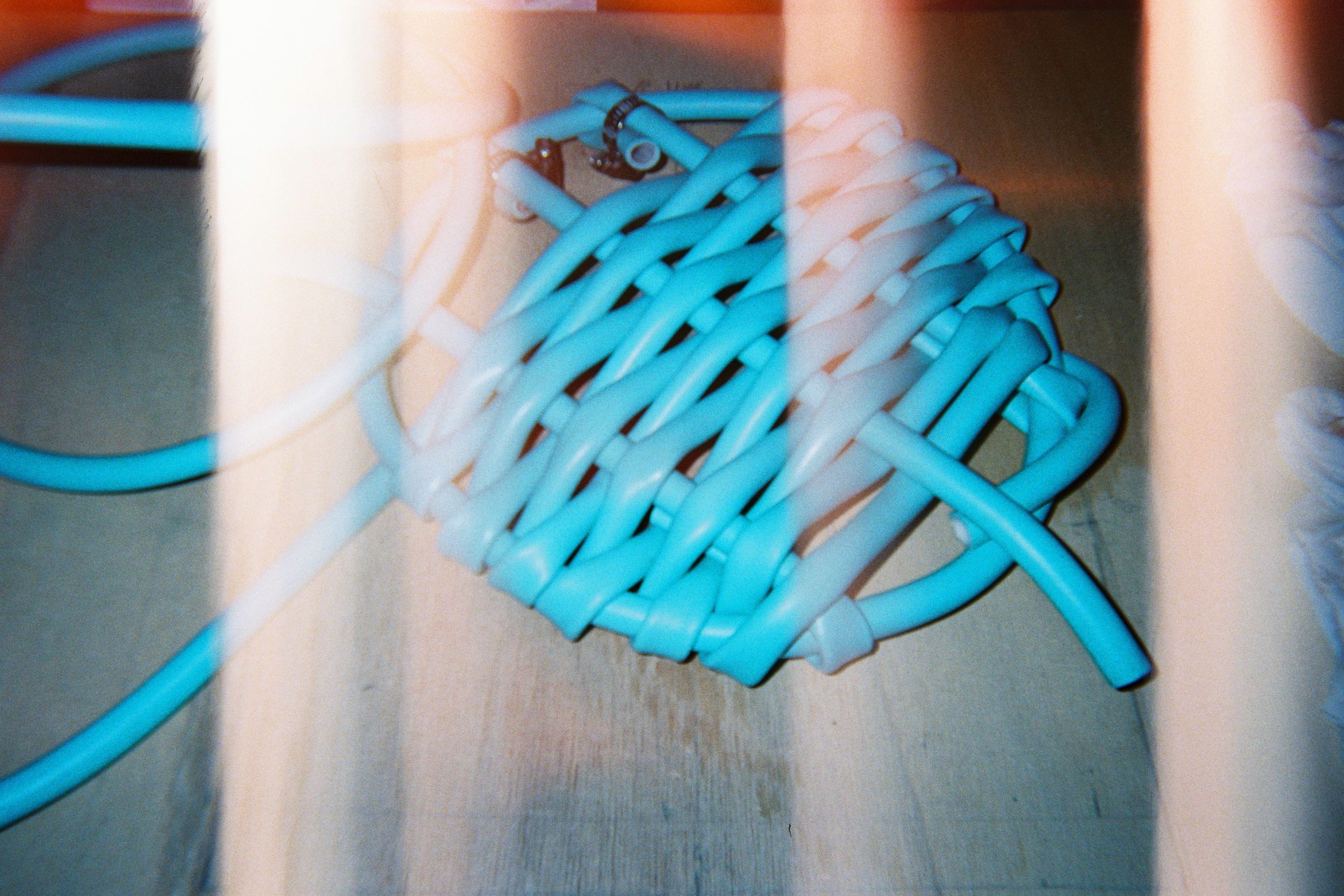Alor Design Studio may have only launched in early 2024, but the vision of principal, James Walsh, is to build a brand that values collaboration and community. To this end, Walsh has initiated a design challenge – the DO IT OURSELVES project – and invited four product designers to participate.
For the project, four very distinct designers have taken up this unique opportunity to create a seating piece using only materials readily available at Australian hardware stores and using tools commonly found in households. The aim is to produce a design that can be easily reproduced by the public, complete with a set of plans and a materials list, that will encourage broad participation in the project. The primary goal is to spark creativity and motivate the public to become hands-on over the Christmas break, inspired by the four different designs from these local designers.
The brief is for each designer to create a 1:1 seating piece, whether a chair, stool or bench. They are to document the making process in their studio or backyard, providing images of both the process and the finished product. Each designer will be able to spend a maximum of $150 and material receipts showing quantities and costs, alongside a set of plans and a rough estimate of the time involved.
The four designers who are taking up the challenge have each conceived a different approach and outcome. While they are ‘doing it themselves’, everyone else can also be involved. The four designers are as follows.
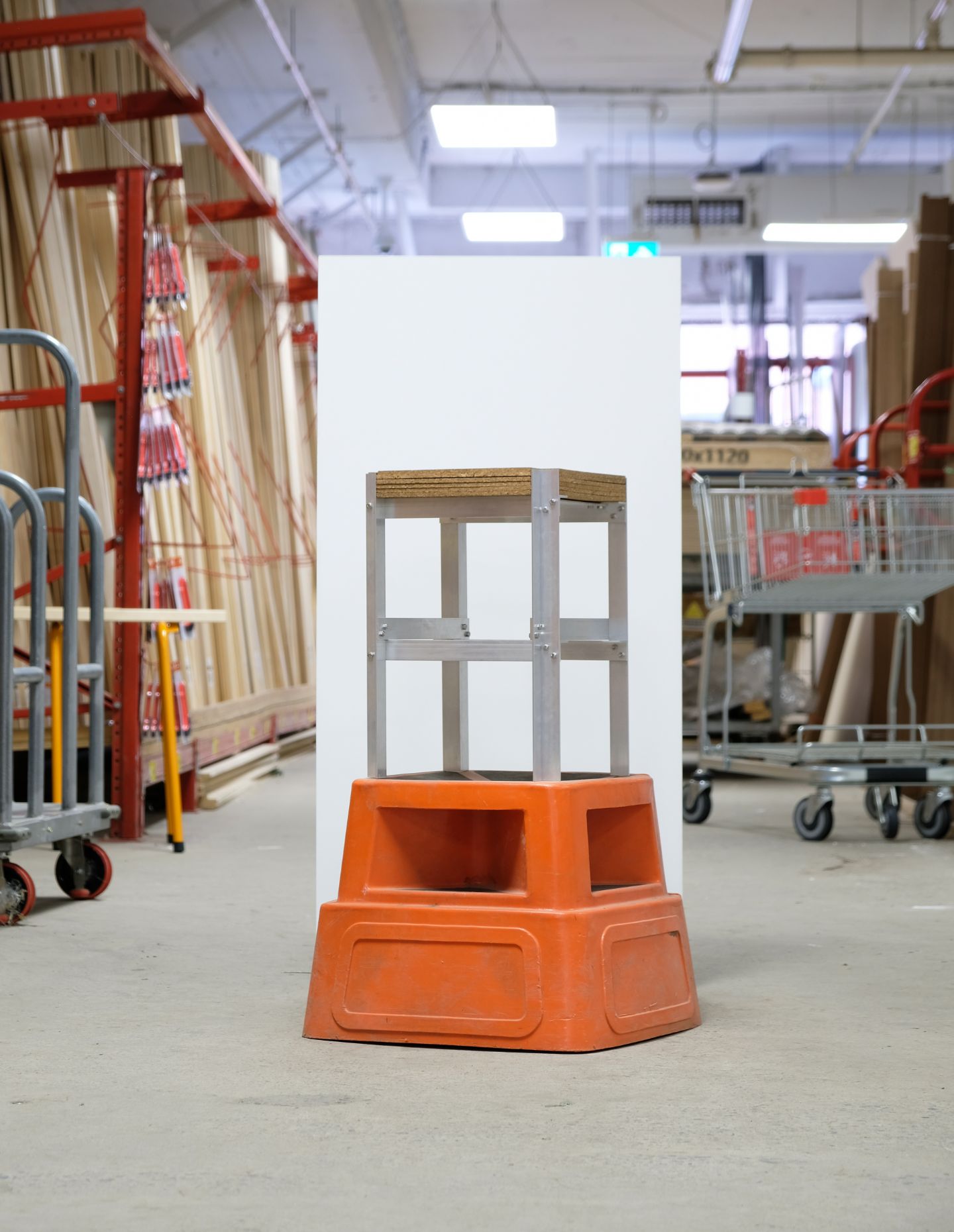
Jordan Fleming
Jordan Fleming is a Melbourne-based artist and designer known for creating unique, sculptural furniture and lighting. With a background in cabinet making and interior design, she launched her practice in Australia in 2018, focusing on transforming furniture into expressive, functional art.
Her work and process focus on creating designs which embody a playful, tactile aesthetic, using materials such as plaster, pigment, timber, and metal which allow the maker’s mark to be left, evoking emotion and forging connections with viewers.
For her DO IT OURSELVES design, a stool, Jordan combines aluminium tubing, garden hose and hose clamps, all sourced for under one hundred dollars from a hardware store. She wanted to avoid conventional building materials, choosing a garden hose, an unexpected material for furniture, that adds an element of charm and playful kitsch.
Inspired by oversized knitting and magnified fabric weaves, Jordan sought a balance of lightness and simplicity. The aluminium legs are hand-bent, creating a slightly imperfect form, while the hose is softened in boiling water and slid over the tubing for texture. The seat frame is bent into a loose circle, woven tightly with the hose to create a self-supporting structure.
Making the stool requires significant physical effort, with a ‘wrestling’ of the materials to shape them, adding a kinetic energy that transfers the maker’s effort into the object. The design is flexible, with no permanent fixings, and the fabrication requires only basic tools, blending experimentation with a practical, hands-on and not too serious approach to workmanship.
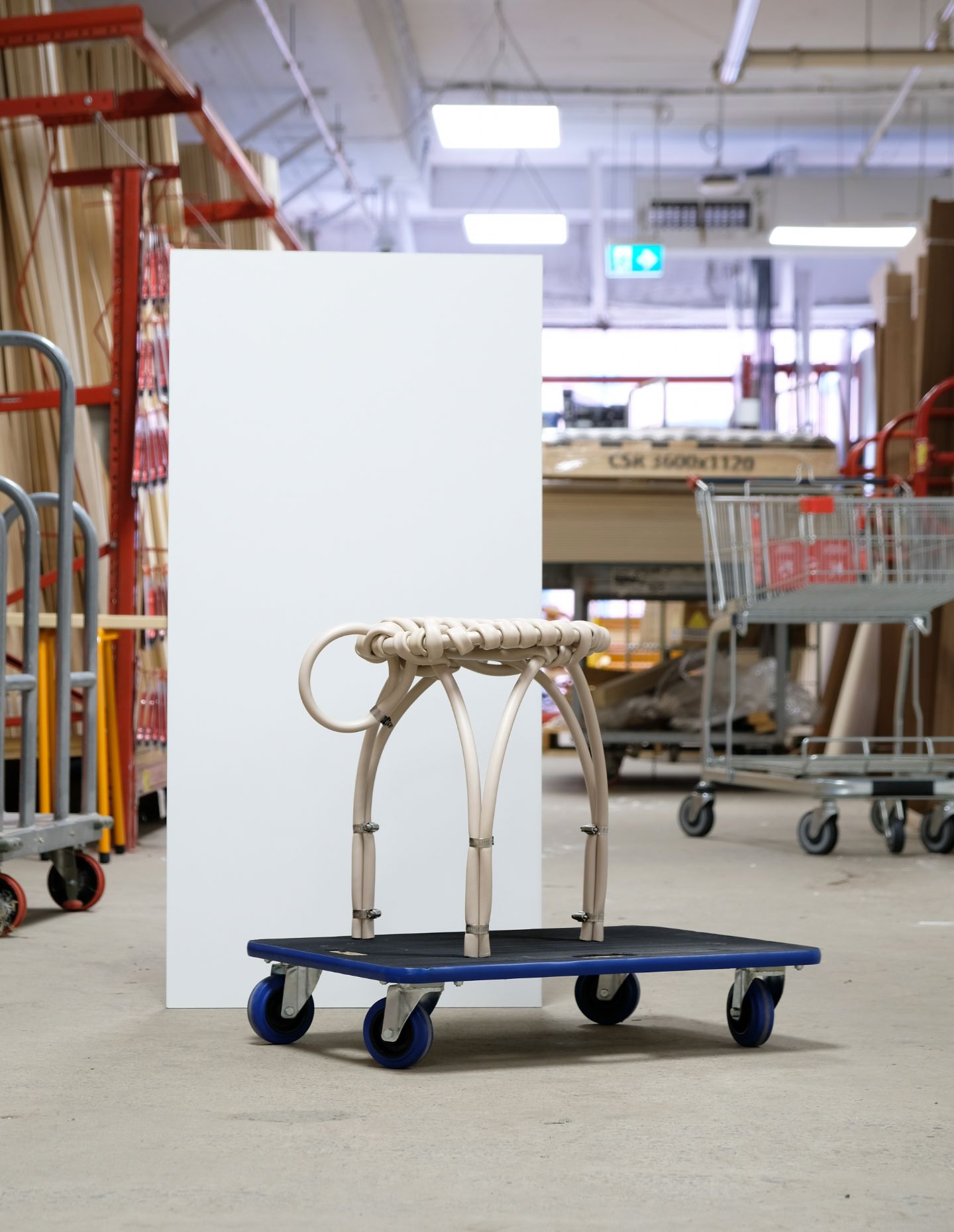
Bolaji Teniola
Bolaji Teniola is an emerging interdisciplinary designer who blends his furniture and industrial design training from RMIT University to create innovative pieces. He enjoys allowing the process to dictate the outcome, driven by curiosity about materiality and manufacturing.
His DO IT OURSELVES object was inspired by the straightforward design and complex structure of Gerrit Rietveld’s Zig Zag chair. ‘My Chair‘ by Bolaji Teniola is a simple DIY chair made from two pine planks and minimal components for aspiring and intermediate makers.
With specific plank lengths selected to minimise waste when cut down at the local hardware store, the remaining drilling, cutting and assembly are done by the maker in their home, garage, shed, or other making space of choice. Makers are encouraged to customise their ‘My Chair‘ and truly make it their own.

Calum Hurley
Calum Hurley is a Melbourne-based designer with a background in interior architecture. He is an alumni of JamFactory’s esteemed Associate Training Program and his practice includes furniture, object, spatial, exhibition and visual merchandising design.
For his DO IT OURSELVES design, Hurley draws inspiration from the school and movements of Bauhaus and Memphis and uses primary colours, predominantly red, to add vibrancy and fun to his pieces.
The bench utilises readily available materials from Bunnings with colour dependant on rope colour choice of red, blue, yellow, black or green. Though monochrome is preferred, makers can choose their own colour palettes to suit their space. Although the process requires a certain level of accuracy to achieve stability, a ‘have a go’ approach is encouraged using hand tools at home.
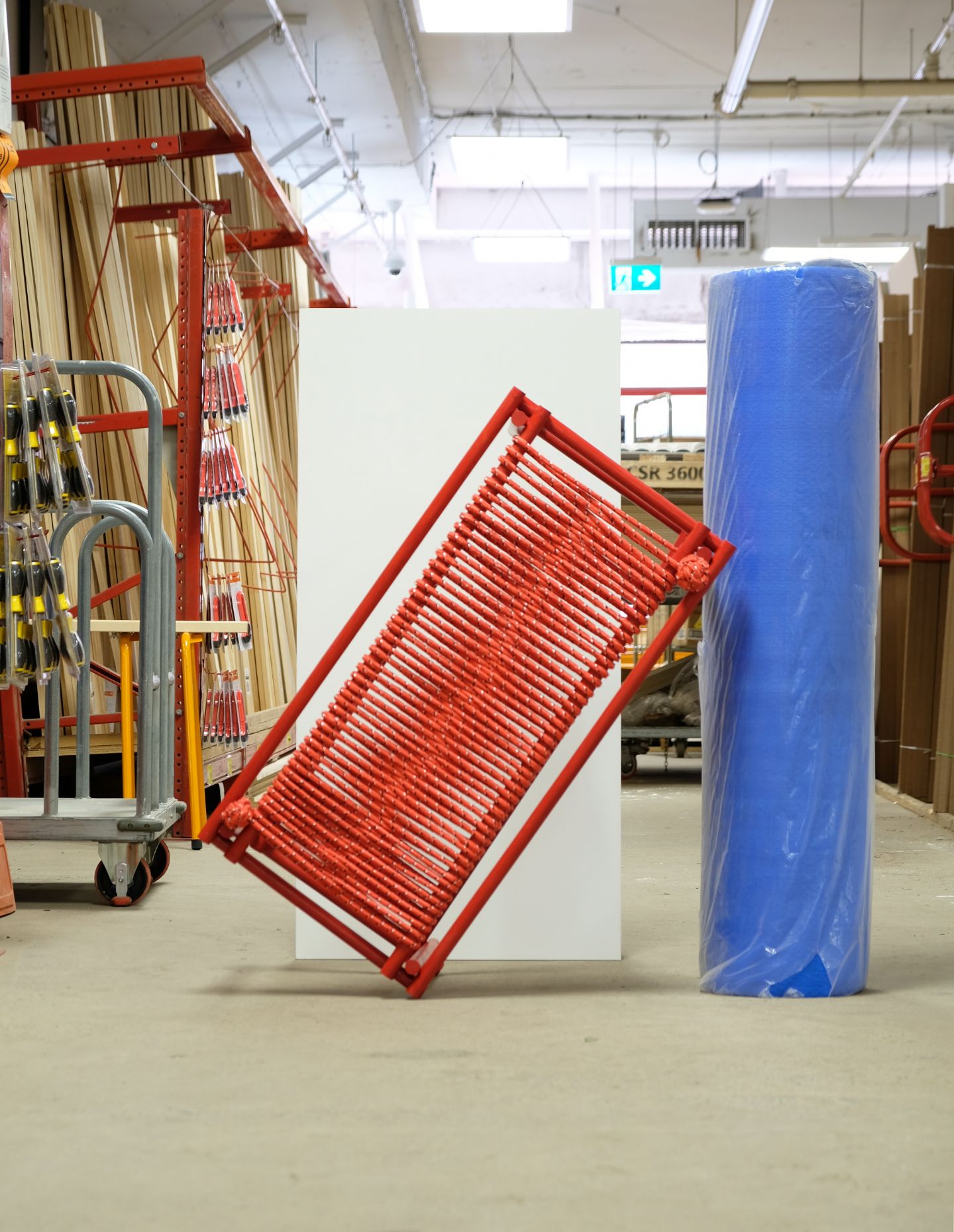
Bel Williams
Bel Williams is a furniture and object designer from Aotearoa/New Zealand, based in Naarm/Melbourne. With a background in industrial design, Bel launched her studio practice in 2022 as an ongoing exploration that moves freely between materials and grounds itself in the manipulation of balance, weight and form.
For her DO IT OURSELVES design, Bel approaches the hardware shop as a giant Lego store. She uses fundamental contraction techniques, expressing the joins and fixings as design elements. Stacked cork floor tiles become a seat cushion substrate, propped up with butt joined aluminium extrusions that makes a stool that looks fancy, if you squint your eyes!
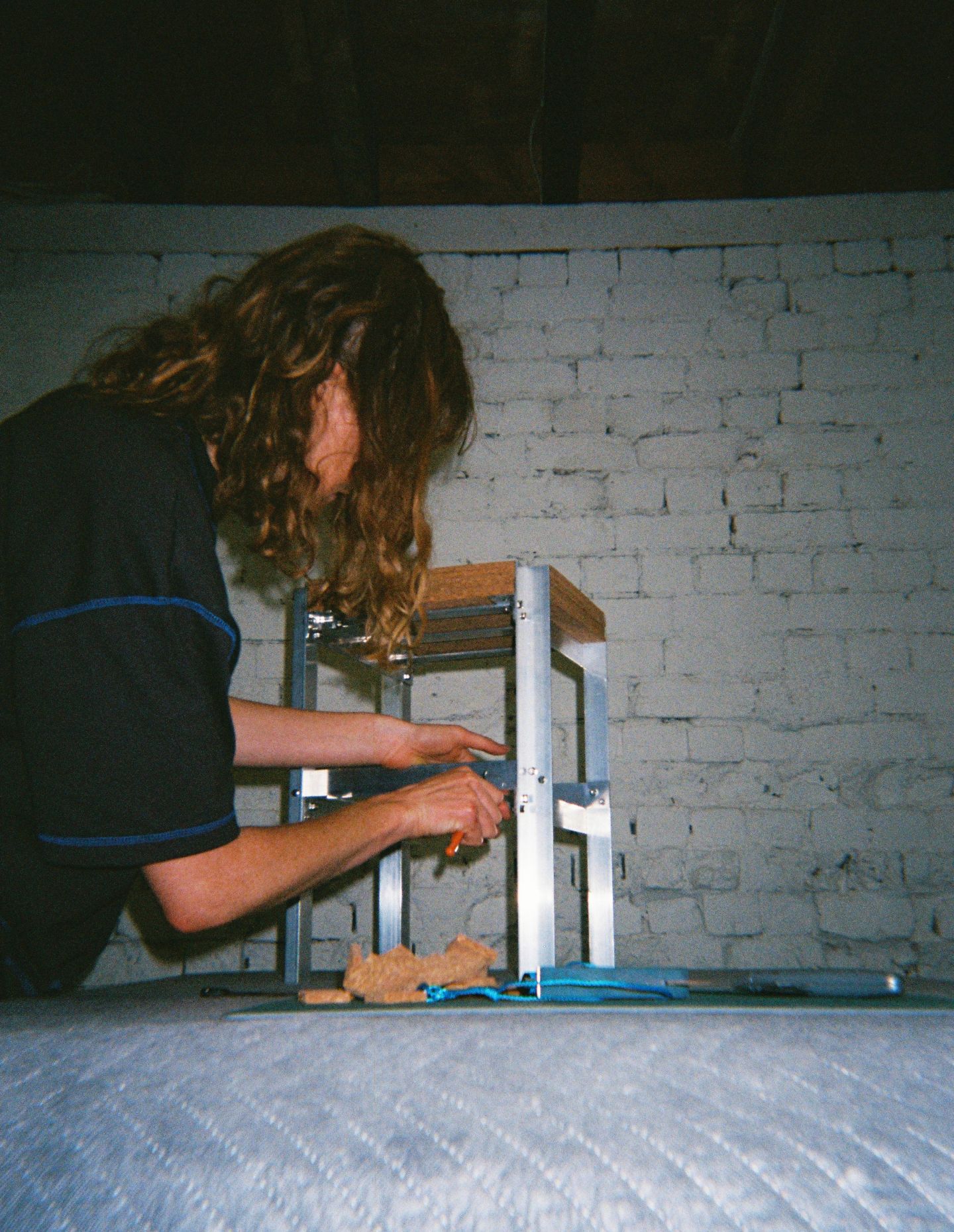
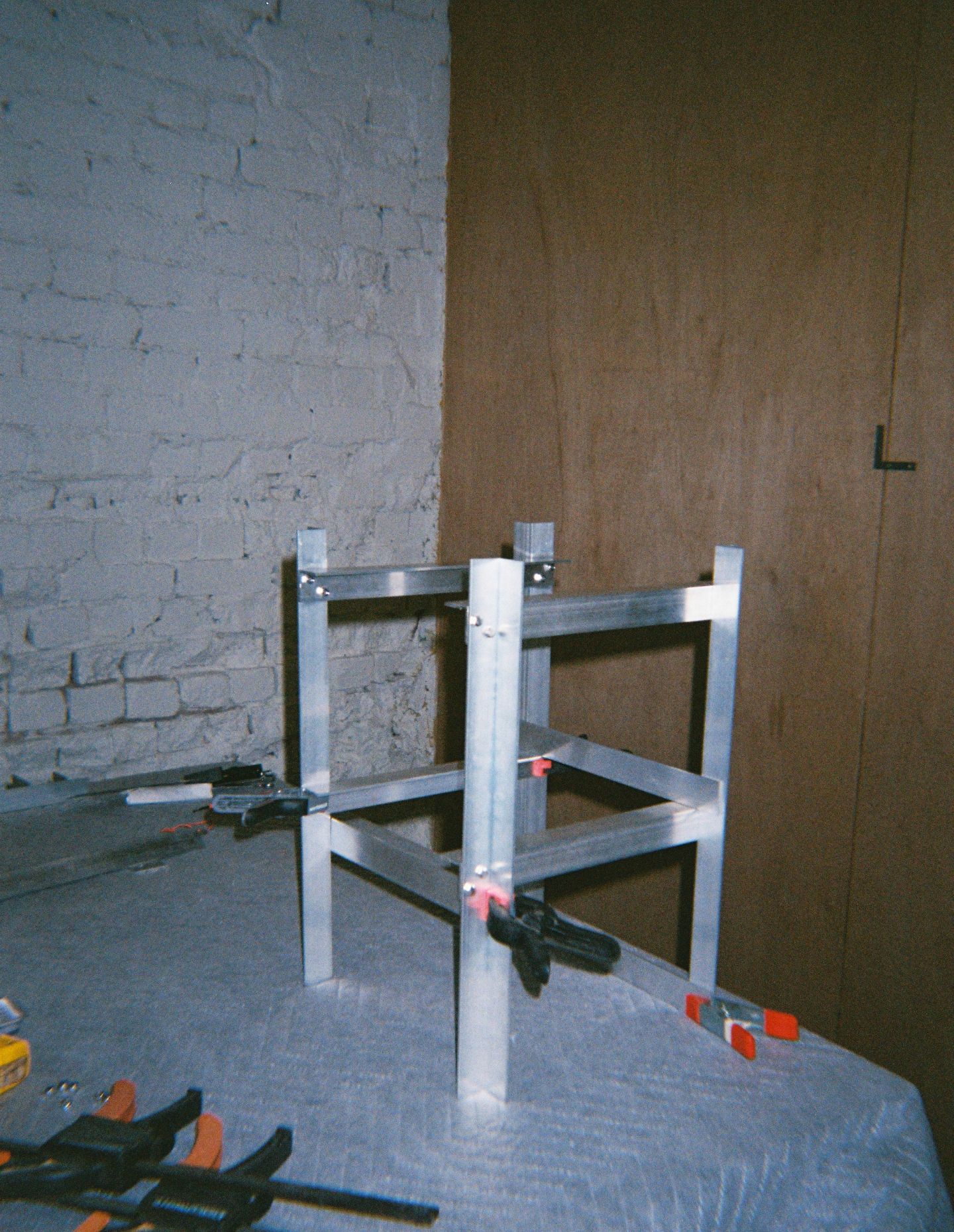
It is hoped that in early 2025 there will be an exhibition to display the original designs alongside public re-creations.
The event would not only highlight the creativity of the designers and participants but also provide an opportunity for the public to engage in discussions with the designers. The aim of this exhibition, and indeed DO IT OURSELVES, is to foster a vibrant community of designers and design enthusiasts and promote understanding, communication and connection for all.
Find content, product plans and instructions. For DO IT OURSELVES products here.
